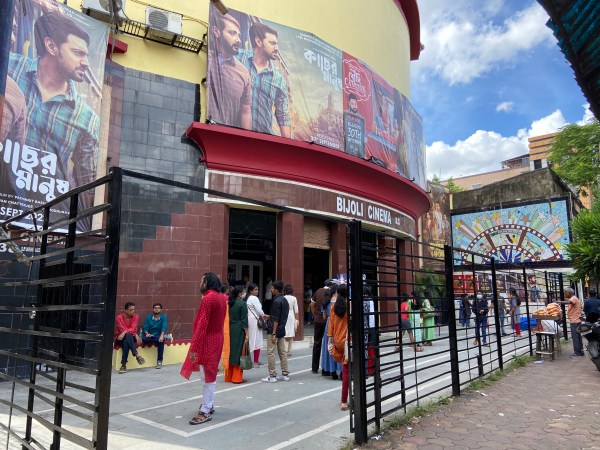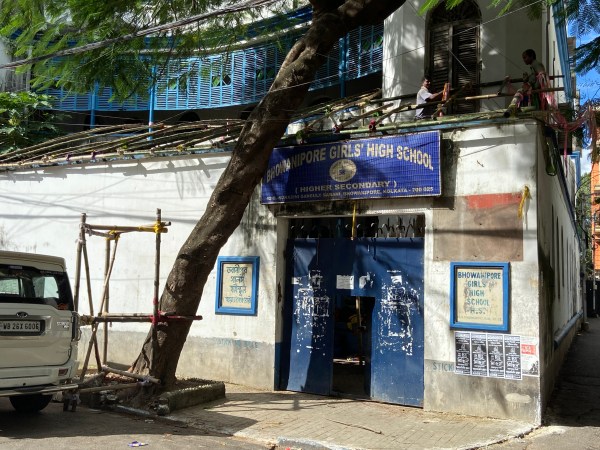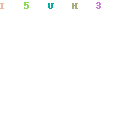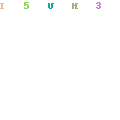It is sometimes difficult to ascertain which streets and lanes mark the peripheries of the neighbourhood of Bhowanipore in Kolkata. So large an area it covers in south Kolkata that it is best described as a neighbourhood of several smaller neighbourhoods, each with a distinct history and identity of its own.
Among most Kolkata residents, there is a predisposition to associate the neighbourhood with a handful of buildings, an odd market, some bylanes and a smattering of cultural institutions. But that just represents half of the neighbourhood’s story.
Much of Bhowanipore’s documented history starts from the 1800s in the writings of British East India Company officials. Bhowanipore came to be a part of the developing metropolis of Calcutta in 1717, when the company rented 38 villages near the city from Mughal Emperor Farrukhsiyar. In 1758, the company purchased 17 villages from Nawab Mir Jafar, the first dependent Nawab of Bengal.
Subscriber Only Stories
Bhowanipore Police Station (Express Photo by Neha Banka)
These were all incorporated into what formed the outer fringes of the developing city and were called Dihi Panchannagram, which means 55 villages. These villages lay outside the Maratha Ditch, which was excavated in 1742 in a perimeter around the city of Calcutta to protect the British from the Maratha invasion that never came. The Maratha Ditch, which is approximately 5 km long, was entirely funded by taxes paid by Indians.
In his book A History of Calcutta’s Streets, historian P Thankappan Nair writes that when the company acquired Dhee Chuckerberh as part of Dihi Panchannagram, the villages of Ballygunj, Gudsaha, Bhowanipore and Chuckerberh were incorporated within this dihi. Over the centuries, however, the neighbourhood of Bhowanipore expanded and went on to include several smaller neighbourhoods within its limits.
 Cinema Hall (Express Photo by Neha Banka)
Cinema Hall (Express Photo by Neha Banka)
Nair writes that a December 1889 edition of the National Magazine by Sarat Chandra Mitra indicates that Bhowanipore derives its name from the goddess Bhowani or Kali, whose temple stands in the adjoining locality, namely Kalighat.
Advertisement
In their book, Mosaics of a Locale, students and faculty of Bhawanipur Education Society College trace the history and development of this neighbourhood. In Kolkata, the neighbourhood’s name goes by two spellings: Bhowanipore, a more anglicised one, and Bhawanipur. In Mosaics of a Locale, the authors write that Bhowanipore remained “insignificant during its initial years and its population (was) not as historically significant as the ‘Black Native Town’ of North Kolkata”.
The book references a report by M M Farlan from 1836 that describes Bhowanipore as “the most densely populated of the native suburbs… with low, closely built and ill-ventilated streets, great stagnant ditches lined with rank vegetation, a background of extensive marsh and underwood, innumerable half dried tanks and pools”. The report’s date of publishing indicates that in the early years of Dihi Panchannagram’s incorporation into the city, which Bhowanipore was a part of and marked suburban Calcutta, the neighbourhood largely remained a village settlement.
There are few books that document the neighbourhood’s history in such detail as Mosaics of a Locale does. The authors write that “in the process of the expansion and transformation of Calcutta, this neighbourhood which was a typically Bengali middle class ‘para’ till the 1950s and 1960s has gradually transformed itself into a miniature India in the last four to five decades”.
Advertisement
 Bhowanipore Girls’ high school (Express Photo by Neha Banka)
Bhowanipore Girls’ high school (Express Photo by Neha Banka)
Although there is a propensity among Kolkata residents to claim that a large Gujarati community resides in the neighbourhood, the authors of Mosaics of a Locale indicate that Bhowanipore became home to people from various different communities over the years, including Sikhs, Tamils, Telugus, Bohra Muslims etc.
“The census data of 1911 indicates that in the beginning of the 20th century, the Bhowanipore area was European-dominated. It was not a very densely settled area with parks, private residential houses, hospitals, cemeteries and even a mental asylum as an important marker of this area,” says Debika Banerjee, a faculty member of Bhawanipur Education Society College’s geography department who spearheaded the project that resulted in Mosaics of a Locale.
The neighbourhood became home to the city’s wealthy business class, both Europeans and Bengalis, because in its first few decades of urbanisation, it still marked the peripheries of Calcutta. Here they were able to build luxurious mansions as prices were comparatively lower than in the “White” Town. Banerjee points to the writings of N K Bose (1968), who observed “that the post-independence era has seen the British commercial firms slowly passing into the hands of Marwaris and Gujarati businessmen who started purchasing properties in Bhowanipore. This phenomena with time got impetus with a noticeable change in the demography of Bhowanipore”.
Banerjee says there has also been a fall in the number of Sikhs living in Bhowanipore over the years, but she is not sure why this happened. “But what I had gathered after talking to some residents is that most of the garages were owned by Punjabis and post-1984 (the assassination of PM Indira Gandhi), their numbers fell. Many people moved out feeling that it was not safe to live where they could be attacked,” says Banerjee.
https://en.wikipedia.org/wiki/File:Presidency_General_Hospital_Plaque_-_Kolkata_2012-06-25_01433.jpg
Advertisement
Given the large area that the neighbourhood covers in south Kolkata, there are several well-known landmarks that dot the map of Bhowanipore: some of the most prominent of these include the 158-year-old Bhowanipore cemetery, the 315-year-old Presidency General Hospital, Calcutta’s first public hospital, and freedom fighter Subhas Chandra Bose’s family home, now converted into a museum. But as Mosaics of a Locale documents, the neighbourhood is more than just a collection of its most prominent and visible landmarks.
Source: https://news.google.com/__i/rss/rd/articles/CBMilQFodHRwczovL2luZGlhbmV4cHJlc3MuY29tL2FydGljbGUvY2l0aWVzL2tvbGthdGEvc3RyZWV0d2lzZS1rb2xrYXRhLWJob3dhbmlwb3JlLWJlbmdhbGktbWlkZGxlLWNsYXNzLXBhcmEtdGlsbC10aGUtMTk2MHMtbm93LW1pbmlhdHVyZS1pbmRpYS04MjIzODg0L9IBAA?oc=5

